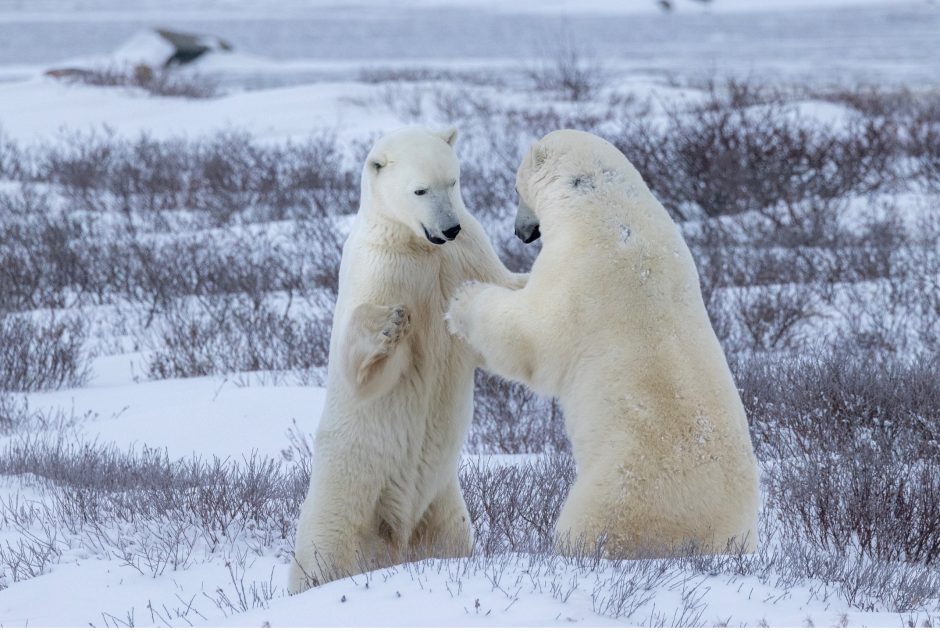
The Best Lens for Photographing Polar Bears
Photographing polar bears in the wild is one of the most exciting and rewarding wildlife photography experiences one can have. To maximize this incredible opportunity, you need the right lens for the variety of photos you’re likely to encounter.
This article is dedicated to the many considerations and components of the best lens to use when photographing polar bears.
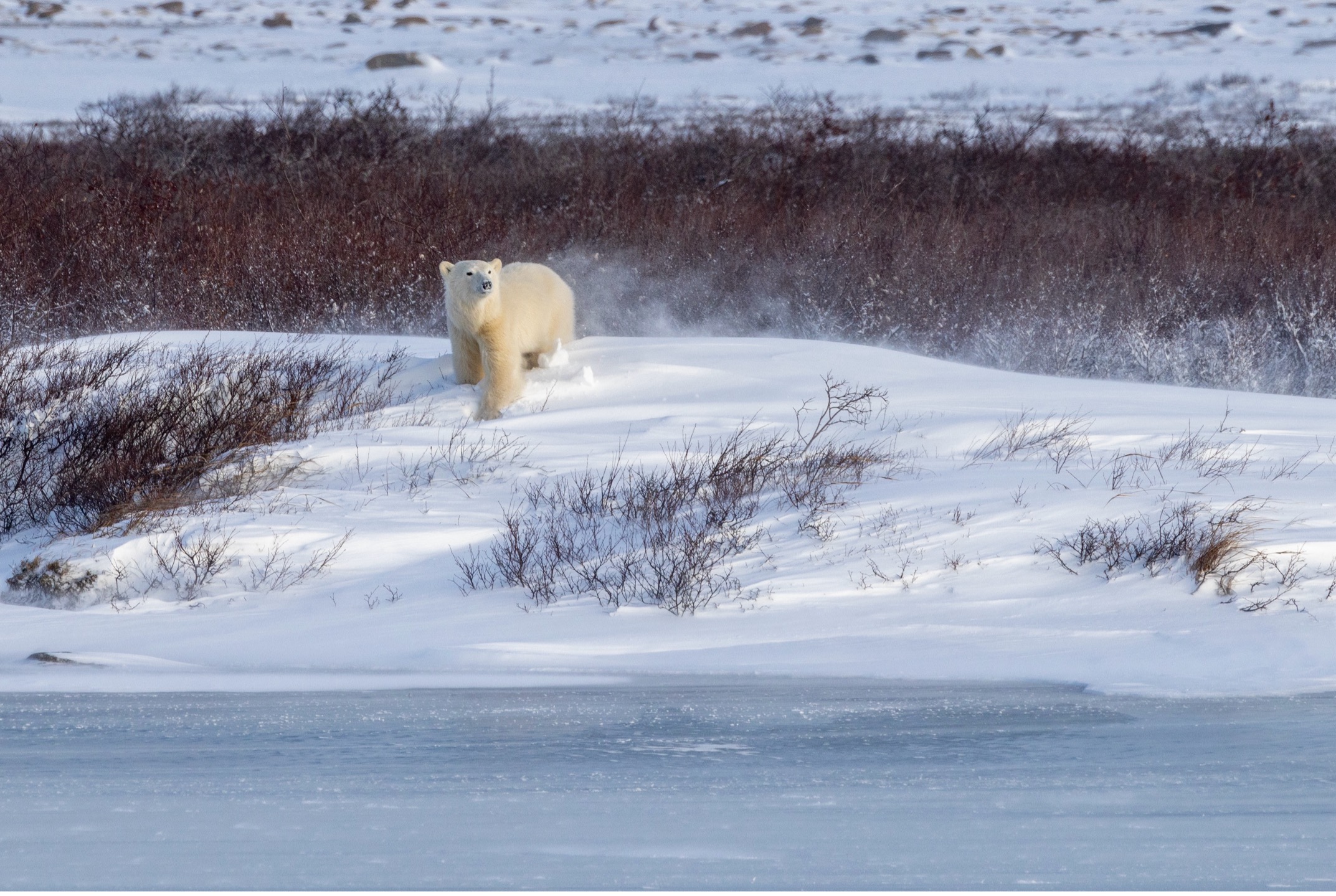
Tradeoffs
First things first. When choosing photo gear, there will always be trade-offs. There simply is no lens that has absolutely everything for every photographer, for every style, and for every moment. However, with the variety of choices in the market today, there are fewer and fewer of these trade-offs. To me, one type of lens is a clear winner.
Simply put, it must have a combination of reach, flexibility, and quality.
Reach
There are several components to the best polar bear photography lens. First off, you need reach. Exactly how much reach of course can vary, which is why a zoom telephoto compared to what we call a ‘fixed’ length telephoto. The zoom allows you to have the ever-critical range of photos that no doubt present themselves to you over the course of a multi-day polar bear photo adventure.
In the past, the venerable 100-400mm class of lenses were top pick. However, new super telephotos are coming online these days that give you greater reach, and often in lighter, smaller packages. These new super telephoto zooms depend on the camera and lens manufacturer, but they often extend out to 500mm and 600mm, which can be a game-changer for amazing polar bear photography.
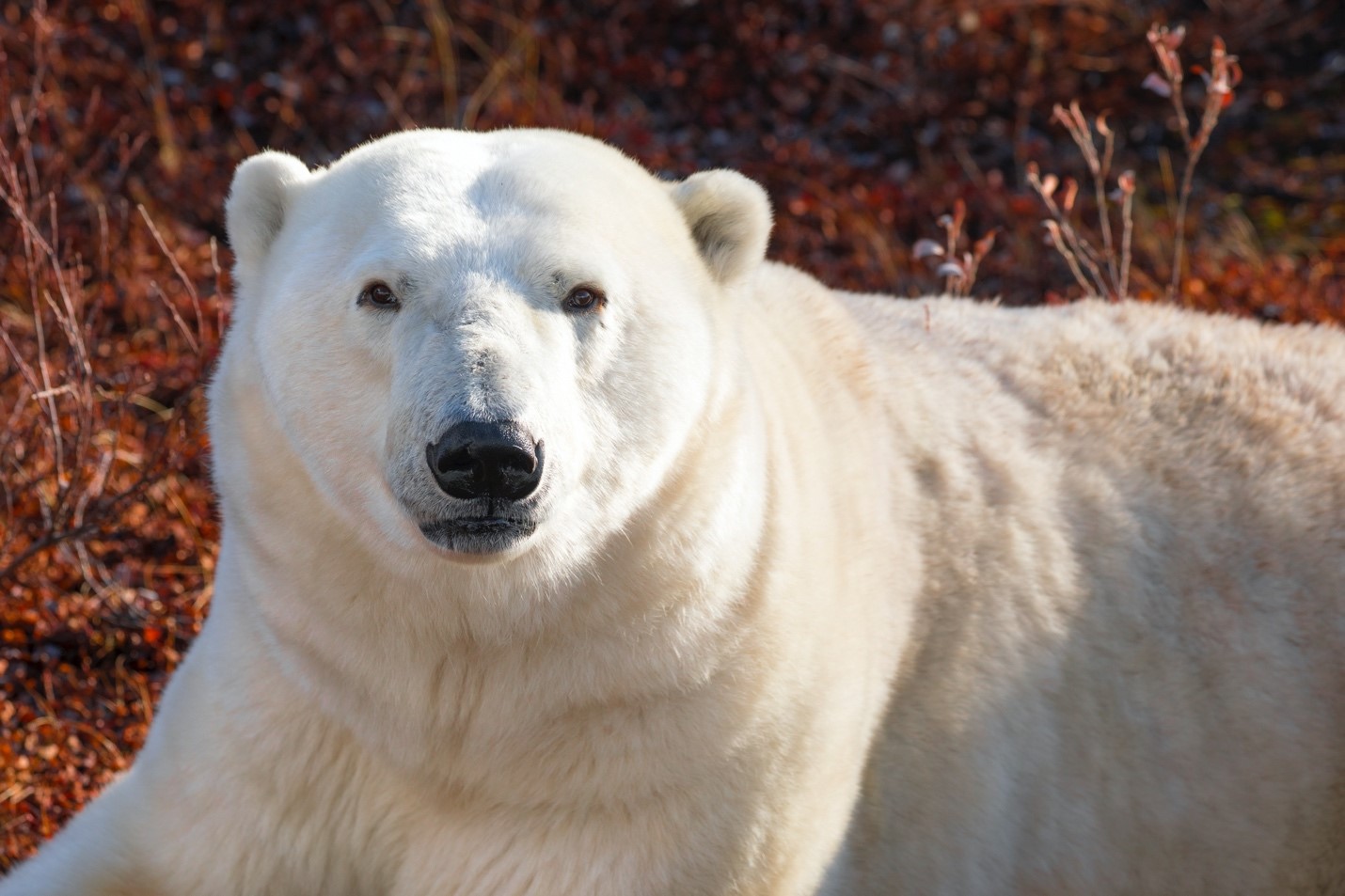
Zoom
The word zoom refers to the range of focal lengths in your lens. For instance, you could have a great 500mm telephoto lens, but without the zoom, it would be a ‘fixed’ or ‘prime’ lens that only shoots at 500mm…you don’t have the ability to ‘zoom out’ to capture wider photos of closer bears. While these big prime lenses typically offer amazing optical quality, they are quite limiting. While they are great for photographing distant bears, or really big photos of close bears, there are many, many times over the course of a polar bear expedition that you will need to photograph wider and closer. Some of the best shots are in that mid-range! Choosing a lens with a wide end of the zoom range at 100 or 200mm is wildly important and helpful.
Other components
By now you have probably figured out that my go-to and ‘best’ lens is a Super Telephoto Zoom that gives you something around a 100-500mm or 200-600mm range. However, there are other components to the best lens that are key parts of the equation.
The first is image stabilization. I’m not going to talk at length about this, as 95% of lenses on the market today within the past 5 years have some sort of image stabilization. That’s great. Depending on the camera manufacturer, it could be called image stabilization, but also look out for similar terminology like vibration reduction, optical stabilization or vibration compensation. These all essentially mean and do the same thing…they minimize movement from the lens when being hand held.
Mix this with the fact that many newer camera bodies offer ‘in camera stabilization’ and you can hand hold shots that you would have needed a tripod for years ago. This is a game-changer and the best lens for polar bear photography has some sort of image stabilization.
Ensuring your lens have image stabilization is a must for this type of lens.
The next thing is your maximum aperture. This essentially speaks to the smallest f/number your lens can get to throughout your zoom range. Unfortunately, this is where these super telephoto zoom lenses do take a slight hit, in that it’s difficult to have a lens that goes lower than f/5.6 or f/7.1 at maximum reach. (it’s important to know that in lens terminology, the smaller the f/number is also referred to as a ‘bigger aperture’…it’s confusing, since the numbers are smaller, but the aperture is bigger).
To be frank, there isn’t much one can do here, other than be cognizant that two lenses that are similar in all other ways can differ by having a bigger maximum aperture (capable of smaller f/number). The smaller the f/number the better, as it allows you to shoot faster, and/or get quality photos in lower light. However, as I mentioned, this is the one compromise in these jack-of-all-trades lenses. And at the end of the day, most cameras have incredible low light sensitivity built into the bodies and sensors themselves, so it’s not as much of an issue as it was 5 or 10 years ago.
Recommendations
Ok, now it’s time for actual recommendations. In order to give real world examples, I’m providing specific lenses for a variety of camera platforms.
To combine the key ingredients above, by having a great range (aka zoom) and maximum telephoto, while having image stabilization all while being top quality in terms of sharpness, my top polar bear photo lenses are below:
OM’s 150-400mm (remember that with OM the actual focal length is double, so this is more like a 300 to 800)
Tamron’s 150-600mm (adaptable to most major camera platforms)
Nikon’s 200-500mm (for DSLR)
Nikon’s 180-600mm (for mirrorless)
Other considerations
You may be wondering why I’m not suggesting some of the even wider lenses available today, like the 50-400mm variety, or even wider at 18-400mm. To me, these lenses just try to do too much and you sacrifice quality at both ends of the spectrum. They don’t perform nearly as well at 400mm or 18mm as one with a narrower range. Plus, having that extra bit of reach from a lens capable of 500mm or 600mm is a huge plus that has come about only in recent years. To cover that wider end of the spectrum, I highly recommending bringing a second lens, like an 18-55mm or 24-105mm (or similar). If you’d like to see my full list of ‘what’s in my camera bag for a polar bear photo expedition‘ check it out here!
A note on lens quality
You’ll probably notice that most of the above lenses are for newer mirrorless camera systems. Mirrorless is definitely the future, and in my opinion, if you are to invest in one of these classes of lenses, it should be with mirrorless both for future-proofing as well as because of the tip top quality they offer. You’ll also notice that a couple of them are quite expensive. If you are looking for lenses at lower price points, all of the above factors still apply, but you’ll have to determine where you make a slight sacrifice based on your own photo style. More introductory lenses are numerous, but they often have less range, a lower telephoto maximum, or are simple just lower quality in terms of optics.
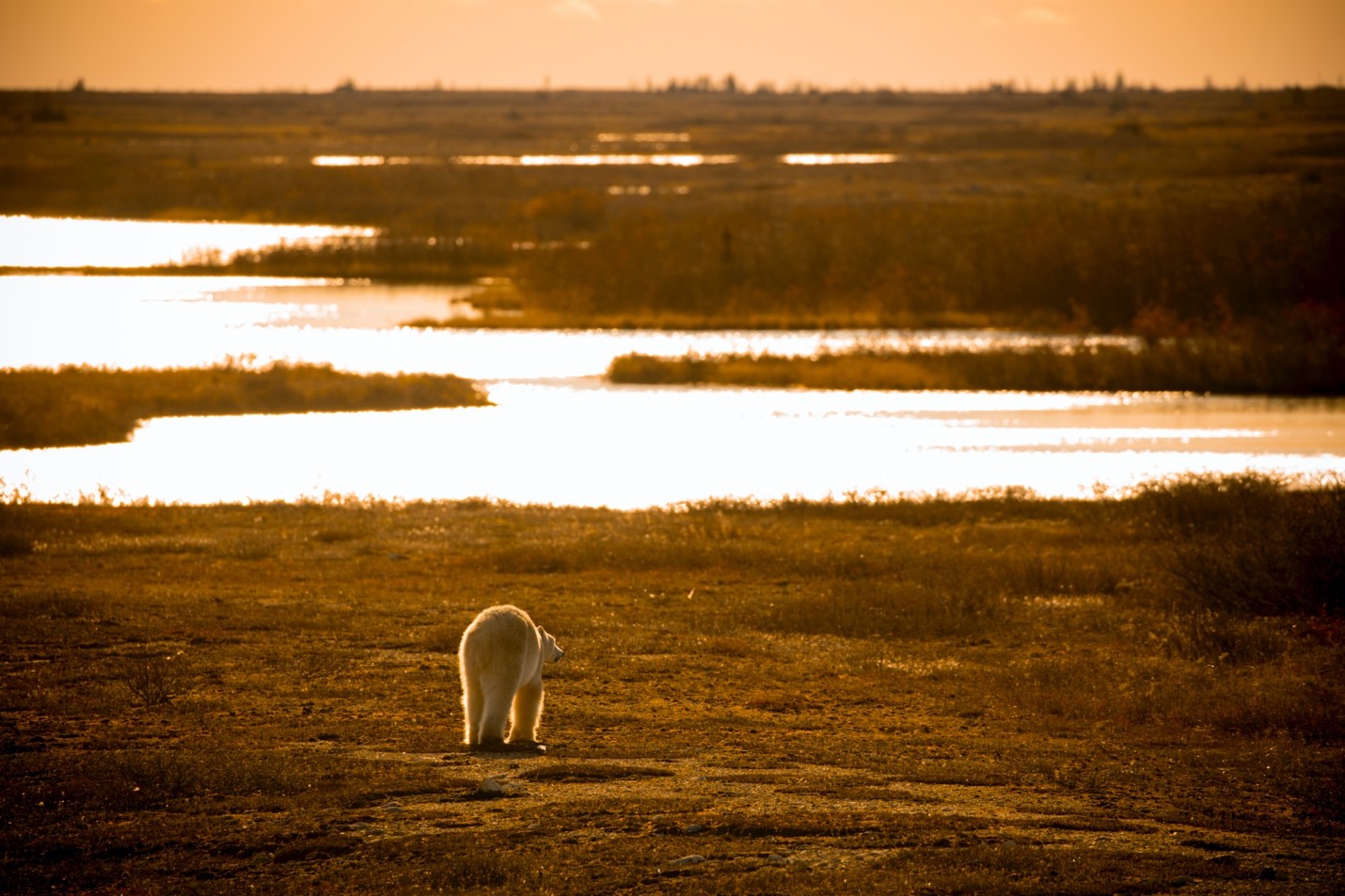
Ultimately, it’s hard to take bad photos of polar bears, or not have a ton of fun while doing so with any camera setup, as they are just so charismatic and spectacular. However, if you are a photographer wanting to really capture the arctic and its polar bears in the greatest quality, you are probably like me in that you want to have the best tools available to get show-stopping photos while on a polar bear photo expedition. Hopefully these tips and recommendations will put you one step closer to that being a reality for you!
All the best,
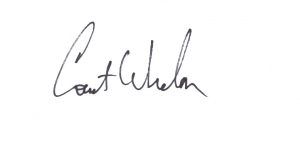
Court
4 Comments

Johan Siggesson
July 3, 2025 at 11:36 am

Court Whelan, Ph.D.
July 7, 2025 at 10:11 am

Design Concepts
August 14, 2025 at 1:01 am

Court Whelan, Ph.D.
August 26, 2025 at 12:14 pm
Thanks for this, Court—really helpful and clearly explained. I haven’t photographed polar bears myself, so it’s great to get practical advice from someone who’s been there. The points about zoom flexibility and working in low light were especially useful. I appreciate the real-world perspective rather than just a list of gear. Looking forward to reading more.
thanks for the kind words, Johan! Wishing you the very best on your polar bear photography!
Great insights! Photographing polar bears requires both patience and the right gear — your tips make the process much clearer.
thank you for the kind words!